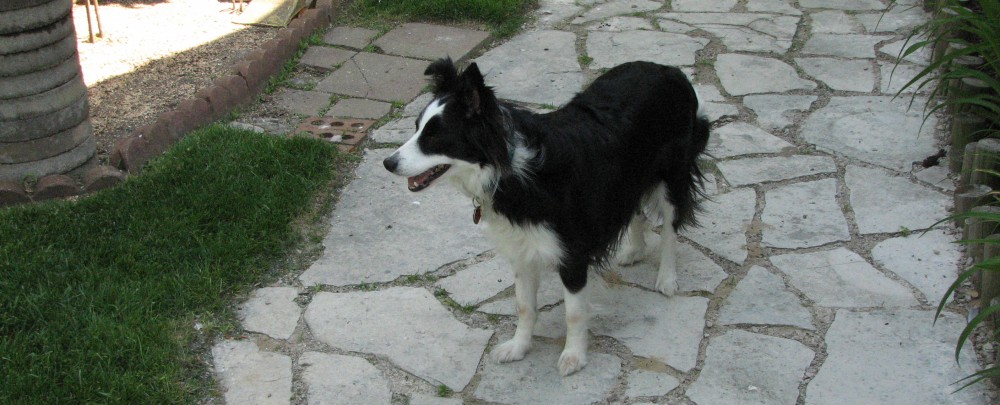So Bouldin, you ask, are you ever going to post anything on any, you know, actual ecology topics, given the title of the blog, or is it all tree rings and song lyrics all the time?
Well, nothing but a quick link and image here to an article at the Yale Environment 360 page on the effects of CO2 fertilization on landscape-scale vegetation dynamics in the African savanna. I hope to get some time to make some extended comments on the topic, which I find very highly interesting, but at least here’s the link (and there are links to a couple of good papers in the article). In fact I find the various complex relationships between carbon dioxide, water, vegetation, and climate to be one of the most interesting topics in all of ecology, and also one of the more important.

Figure 1 from Bond and Midgley (2012) Phil. Trans. R. Soc. B (2012) 367:601–612 doi:10.1098/rstb.2011.0182

is it really all down to CO2 fertilisation? I found the article extremely tendentious, wanting to “blame” CO2 for the changes and pushing all the buttons that they could think of – such as cheetahs not being able to run around.. Could it be that elephant and rhino poaching has played a role…amongst many other possible factors?
Exactly my problems with the piece Graeme: the spin, the wording. The cheetah thing borders on the ludicrous, given the hunting pressure and the consequent genetic bottleneck that species has suffered. Hoping to look at the original journal articles and comment further, but we’ll see.
Good one. Hoping you find and point to other informed comments on it as well as making yours.
Thanks Hank. Will try, but time is limited.
Just saw your response over at RC. I too discounted the Cheetah stuff, which is why I didn’t extract it. I can, however, attest to the ubiquity of poison ivy in the northeast US; 50 years ago you could hike anywhere and now almost nowhere unless it’s “managed”.
The time-lapse photos are strikingly similar to what we’ve seen in the southwest US in the past century or so, with the same traditional explanations for the increase in woody plants vs. grass.
I have no idea if CO2 fertilization could be significant, but it’s an idea worth pursuing. Hope you get the time to pursue this a bit.
I think in most cases, fire exclusion is the obvious, dominant driver in this kind of thing. But CO2 increases could be contributing, and the study in South Africa attempted to control for land management changes, lending evidence to the idea.